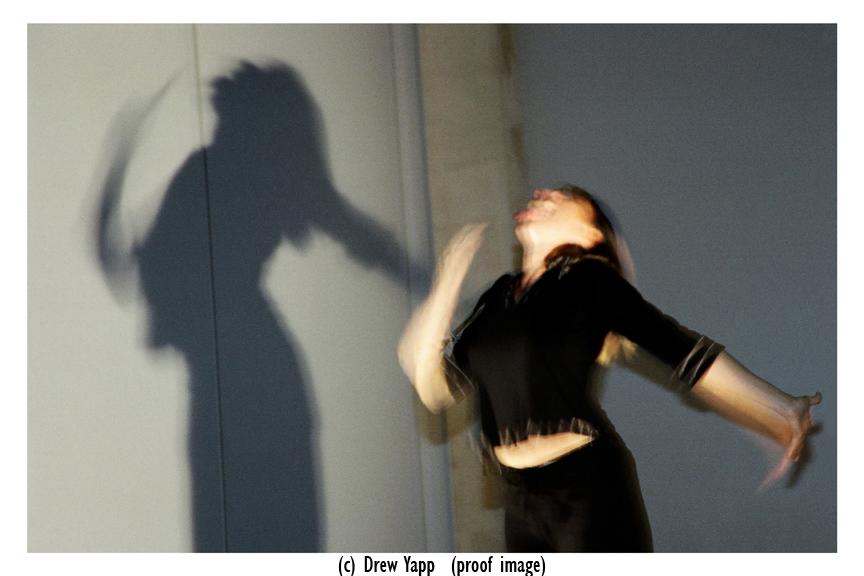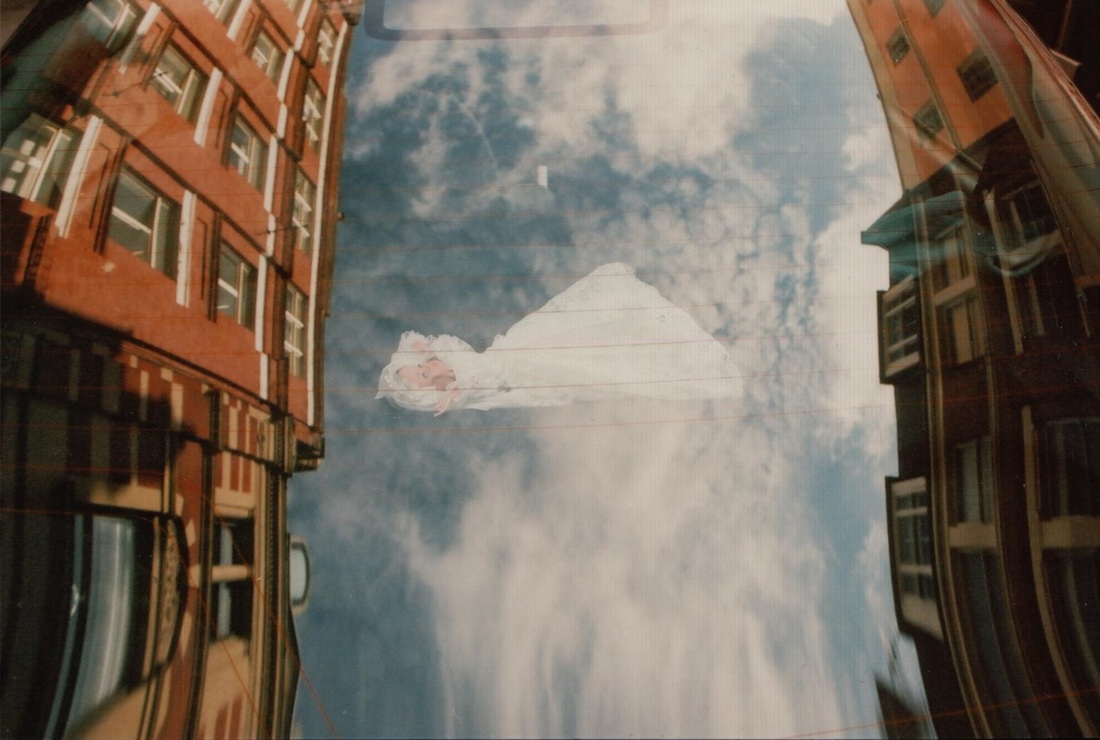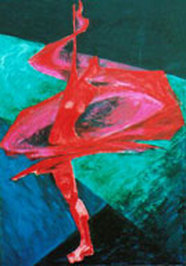PhD Thesis: The Ecological Body ~ extracts
Proportion in MotionThe first movement study was called Proportion in Motion. I began literally by moving with an awareness of my body proportions: the length of my arm, the weight of my foot or the size of my finger in relation to the length of my arm.As I moved, I became aware that the nature of proportion is relational: for example, the relation of one body part to another. Proportion only exists in a relational and comparative world. Proportionality gave me an embodied sense of the three dimensions, or the volume of my body moving in space. Gradually, I developed a moving sense of my position and my proportions in ‘the scheme of things’ and I felt my shifting self as part of a situation, rather than central to it.
I then began to explore proportions in relation to attitude. These ‘affective’ proportions were a very different experience to the more structural, physical proportions and connected me to the environment in a different way. I could bring up a memory of grief, for example, and feel the proportion of that affect in present time. I could then try to reduce or increase that proportion through my movement choices. I could exaggerate the hunching of the shoulders or the tightness in the jaw in order to allow the grief expression, or I could relax my breathing and release the holding imprint in my present body to allow a different set of associations and affects to arise. As a result of my research, it occurred to me that to be ‘in proportion’ with a situation, physically, mentally and emotionally in any given moment, and therefore appropriate to that moment could be one description of being present and in presence. Associations
The selection and ‘editing’ processes remained my responsibility and would inevitably reflect my autobiographical and artistic themes. For example, my selection of the photograph of the baby doll in the sky, by Dave West, for Proportion in Motion, in conjunction with Jenna Kumiega’s text, whilst I was sitting to the side of the space, corresponded with movements that had arisen in rehearsal connected to proportions around my feelings about not being a mother. The ‘baby’ doll in that image was simultaneously itself, a baby doll in relation to architecture, (whereas in a previous photograph there had been a tramp in relation to architecture), the baby in the text, an unborn baby in my dreams. Most of these associations could be seen as implicit, evocative and open to interpretation, but my intention was that each could allow a felt experience of the nature of proportions in life. I liked the multiple layers of association created by the various elements in counterpoint. Carried in her mothers's arms probably only a few months old memories only of her parent’s warm bed or a kitchen range in a terraced house Now, standing on the quay-side a massive metal ship soars hugely above – vast, inhuman, and impersonal. It could crush her – an ant – without knowing of her existence. It feels like it never ends Looking up, searching for the end of it, there are the first plunging sensations of a vertigo that has never left her. (Jenna Kumiega) |
Thesis pages
|


